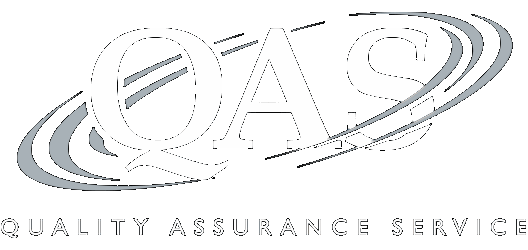SECURE 2.0: RMDs, Retirement Plan Set-Up Credits, Long-Term Part-Time Employee Coverage, Key Effective Dates
Recording of a 110-minute CPE webinar with Q&A
This webinar will discuss the major SECURE 2.0 provisions affecting retirement plans, provide guidance and clarifications (where possible), and point out the tips and traps in areas where administrators and tax professionals need to beware until the Internal Revenue Service and Department of Labor provide additional guidance.
Outline
- SECURE 2.0: introduction
- Defined contribution plan employer contribution credits
- Provisions beginning in 2023
- Provisions beginning in 2024
- Provisions beginning in 2025
- Changes made to SECURE 1.0
Benefits
The panel will cover these and other critical issues:
- New retirement plan set-up credits
- Mandatory coverage for long-term part-time workers
- Proposed changes to SECURE 2.0 and areas where guidance is needed
- New exceptions to the 10 percent penalty for early withdrawal
- RMD changes and the reduction of the RMD excise tax
Faculty

Christopher W. Tipper
Founder and CEO
Hunter Benefits Consulting Group
Mr. Tipper began his career in retirement benefits in 1990, founding Hunter Benefits in 1999 and quickly rising to... | Read More
Mr. Tipper began his career in retirement benefits in 1990, founding Hunter Benefits in 1999 and quickly rising to prominence as an expert who challenges fellow plan consultants to continuously improve business practices, adapt to rapidly changing trends and provide cost-effective, meaningful services for their clients. He oversees new client development and marketing and serves as an expert speaker at major industry events.
Close
Jennifer Wiczynski
Owner/Attorney
Kismet Benefits Counselor
Ms. Wiczynski, Esq. is the owner and operator of KISMET Benefits Counselor, LLC. With almost 20 years of experience in... | Read More
Ms. Wiczynski, Esq. is the owner and operator of KISMET Benefits Counselor, LLC. With almost 20 years of experience in the retirement plan industry, she is dedicated to using her retirement industry expertise to provide the highest quality support for her clients. Ms. Wiczynski is a proud alumnus of the Southern University Law Center, where she graduated second in her class magna cum laude.
Close
